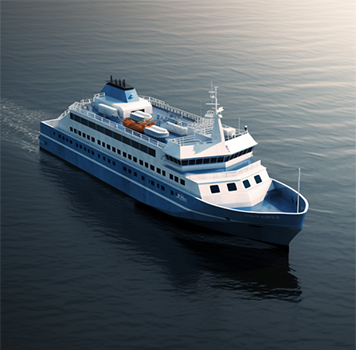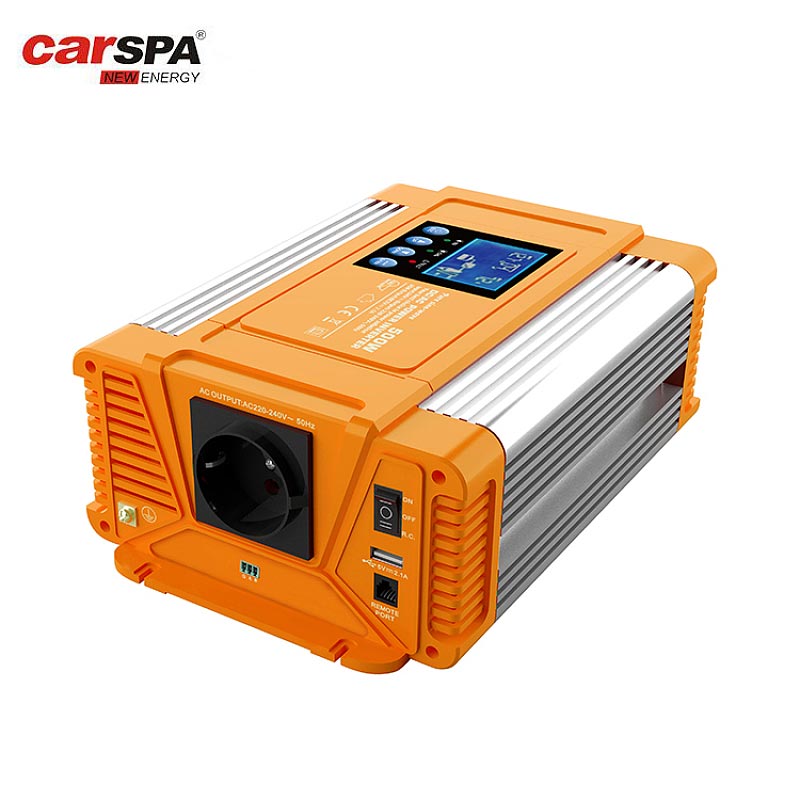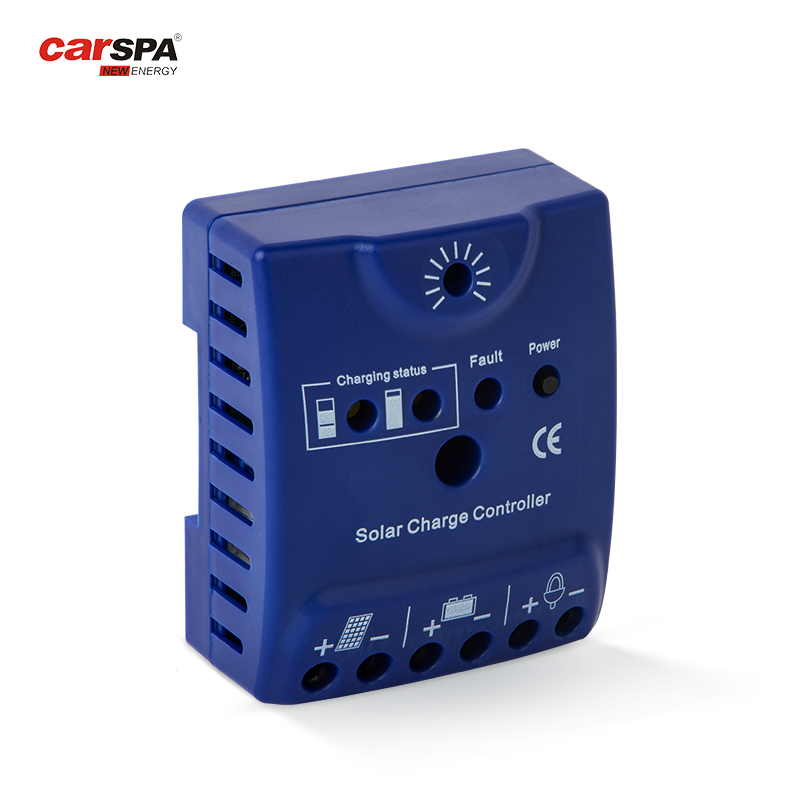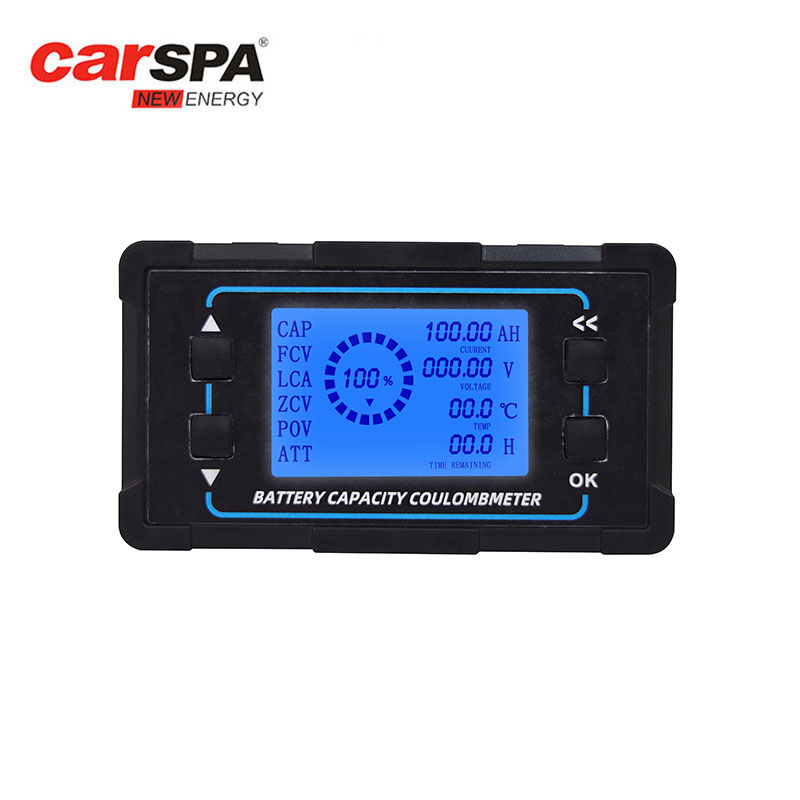Components of a Solar Power System on a Yacht
Solar Panels: Solar panels are the most important component of a solar power system. They are responsible for converting sunlight into electricity. On a yacht, solar panels are usually mounted on the deck or on a custom-made frame that can be easily installed on the boat.
Charge Controller: The solar charge controller is responsible for regulating the amount of charge that flows into the batteries from the solar panels. It prevents overcharging of the batteries and ensures that they are charged to their maximum capacity.
Batteries: Batteries are used to store the electricity generated by the solar panels. They can be either lead-acid or lithium-ion batteries, depending on the specific needs and budget of the yacht owner.
Inverter: The inverter is responsible for converting the DC power generated by the solar panels and stored in the batteries into AC power that can be used to power the electrical devices on the yacht.
Cables and Connectors: Cables and connectors are used to connect the various components of the solar power system together. They must be made from high-quality materials to ensure that they are able to withstand the harsh marine environment.
The Role of the Inverter
The inverter is a crucial component of a solar power system on a yacht. Its primary function is to convert the DC power generated by the solar panels and stored in the batteries into AC power that can be used to power the electrical devices on the yacht. This is because most electrical devices on a yacht, such as lights, refrigerators, and navigation equipment, require AC power to function.
Inverters come in different sizes and power ratings, depending on the specific needs of the yacht owner. They can be pure sine wave inverters or modified sine wave inverters. Pure sine wave inverters are more expensive but provide a cleaner and more stable AC power output, while modified sine wave inverters are cheaper but may cause interference with sensitive electronic equipment.
The Role of the Solar Charge Controller
The solar charge controller is another important component of a solar power system on a yacht. Its primary function is to regulate the amount of charge that flows into the batteries from the solar panels. It prevents overcharging of the batteries, which can cause damage, and ensures that they are charged to their maximum capacity.
Solar charge controllers come in different types, including PWM (pulse width modulation) and MPPT (maximum power point tracking) controllers. PWM controllers are simpler and less expensive but are less efficient than MPPT controllers. MPPT controllers are more expensive but are more efficient and can provide up to 30% more power to the batteries.
Conclusion
Setting up a solar power system on a yacht requires careful planning and the selection of high-quality components that are specifically designed for use in a marine environment. The inverter and solar charge controller are two of the most important components of this system, as they are responsible for converting the DC power generated by the solar panels and regulating the amount of charge that flows into the batteries, respectively. With a well-designed and properly installed solar power system, yacht owners can enjoy the benefits of free, clean, and sustainable energy while out on the water.




